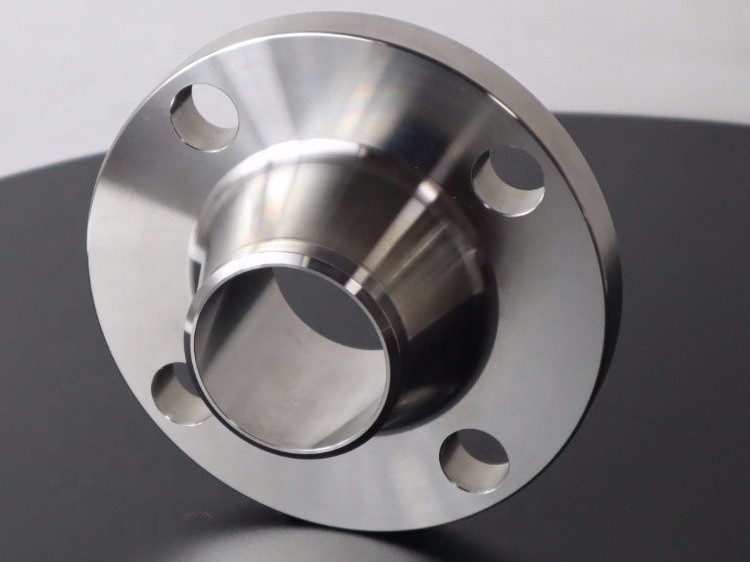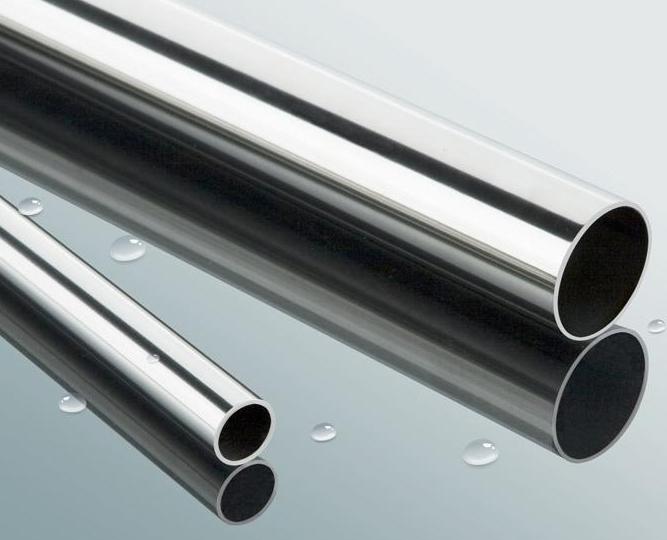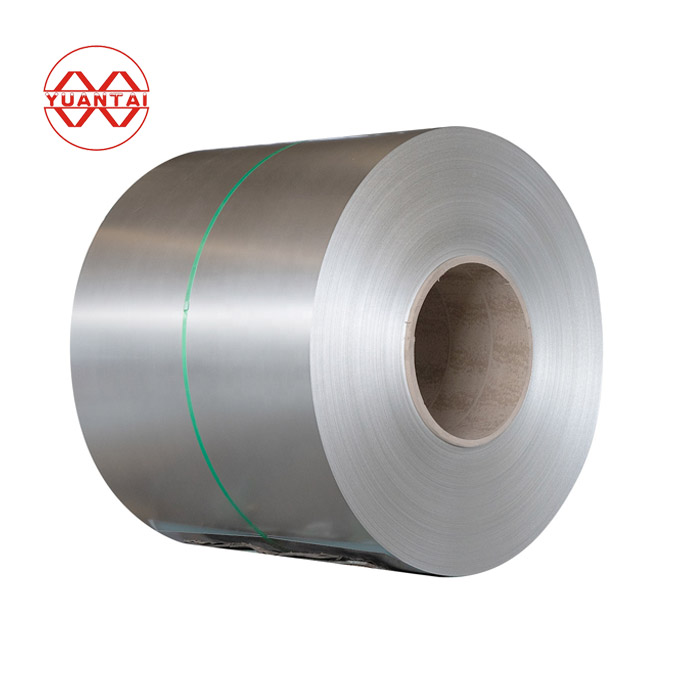Working with stainless steel exhaust pipe to fabricate custom parts is a sought-after skill amongst car lovers. Utilizing this practice allows for the production of unique exhaust systems and other components that can spruce up any motor vehicle. Although this procedure can be quite challenging, it can be accomplished with access to the proper tools and know-how.
Before attempting to bend the stainless steel exhaust pipe, prepping it is critical. After all, prepping will put the pipe in the ideal condition for bending. This requires it to be spotless with no dirt, fragments, or contaminants as well as having no dents or abrasions for a successful bend. Doing these things will guarantee that the pipe is capable of bending seamlessly.
Once it’s been prepped, you can start the bending process. Working by hand is possible, but a pipe bender is the ideal tool for this. Especially when working with stainless steel exhaust pipe, it’s better to use a pipe bender as it provides more precision and control.
It is essential to be familiar with the various kinds of curves achievable when utilizing a pipe bender. The most typical of these include the U-bend, J-bend, Z-bend, and S-bend. Every bend type necessitates specific movements and settings to attain the result you’re hoping for.
The strength and sturdiness of stainless steel have made it the go-to material for the bending process, but other types of metal such as aluminum also have their uses. When embarking on a project, it is essential to recognize which material would be the best option to ensure its success.
All the factors for creating successful bends have been decided – it’s time to put them into action. The pipe should be fastened firmly in the bending tool and the preferred attributes adjusted to shape the desired contour. When bending, one must pay close attention to how much force is applied for too much pressure will result in a break.
After molding the pipe to its intended form, the last action is to inspect it carefully. If any tweaks are necessary to achieve the exact shape required, this is the moment to make those changes. When the prescribed design is attained, then the pipe is ready for its designated purpose.
Even with the right tools, bending stainless steel for exhaust piping can be a challenge. However, when knowledgeable about the type of bends required, the material used, and the appropriate techniques and settings for the pipe bender, the process can quickly become much simpler. Although a tricky task, with proper knowledge and preparation it is possible to bend stainless steel exhaust pipe with relative ease.
Creating bends in the stainless steel exhaust pipes used in automotive and other settings requires patience, exactness, and knowing precisely which tools and techniques to use. It’s not an undertaking meant for the novice DIYer, as proper preparation and a comprehensive knowledge of these matters are paramount. Crafting a successful bend necessitates both knowing the steps involved in the process as well as having the right equipment handy.
Affixing the desired curvature to a piece of stainless steel exhaust pipe requires two preliminary steps. First, its essential to mark, with great exactitude, the bends you wish to produce to guarantee optimized gas flow and comprehension. Once everything is delineated, the following move is to saw off the piece. The best approach is to use a pipe cutter which removes cleanly and with acuity, provided that your blade is sharp and your cut straight.
The pipe is cut, meaning it is time for the bending to commence. For this purpose, a pipe bender is essential – a tool specifically crafted for its mission. Setting up the bender is critical; the instructions should be followed thoroughly and the pipe placed straightly in the bender. Next, the knob needs to be maneuvered to the wanted angle and the pipe bent gradually and reliably. Moving the knob in a mild, uniform motion will ensure that the curve is soft and graceful.
When bowing pipes, it is essential to validate the bend for accuracy. An ideal way to do this is with a pipe template – a device used for comparing the bent pipe to a predetermined template in order to ascertain if the shape is precise. If the bow has been done incorrectly, it can result in diminished exhaust flow and poorer performance.
Prior to fitting the curved pipe, it is essential to examine for any potential leaks. By applying pressure and deploying a leak detector, this task can be completed easily. For safety, any leakages should be sealed before implementation.
After the pipe is placed into the vehicle, it is essential to make sure that no exhaust is escaping. This can be done by turning on the engine and carefully listening for any sounds of air coming out. If any leakage is detected, the pipe must be inspected to verify that it is secure and all escapes must be sealed before use.
Manipulating stainless steel exhaust pipes demands keen proficiency and accuracy. Knowing the basics of this activity can help you obtain a satisfactory outcome, while guaranteeing the exhaust system is secure and efficient. Utilizing the correct tools and methods allows you to perform the job flawlessly the initial time.
Post time: 2023-07-18
Related Product

stainless steel Straight Tee
Stainless steel tees are pipe fittings and pipe connectors. It is used at the branch pipe of main pipe. Stainless steel tees can be divided into equal diameter tees and reducing te […]

Stainless steel 90 ° elbow
In a piping system, an elbow is a fitting that changes the direction of a run. Product introduction The 90 ° stainless steel elbow is composed of fabric reinforced stainless steel […]

Stainless steel flange
Stainless steel flange Stainless steel flange is mainly used for pipe connection in pipeline engineering. INTRODUCTION Stainless steel flange is mainly used for pipe connect […]

Stainless Steel Capillary Pipe Tube
304 stainless steel capillary tube 316L precision seamless tube manufacturer of ultra small caliber thin-walled tube for medical instruments texture of material:304、316 Spec […]

Stainless steel square tube
Stainless steel 201 304 square tube, durable, stainless steel square tube for building decoration Stainless steel square tube is a kind of hollow long steel, because the sec […]

38BA clean pipe ss304 stainless steel pipe ferrule connection stainless steel pipe
Product name 3/8 “BA clean pipe ss304 stainless steel pipe ferrule connection biopharmaceutical fluid delivery Classification BA clean pipe/EP super clean pipe Product Desc […]

Stainless steel grooved pipe Stainless steel special-shaped pipe
The stainless steel grooved pipe is a kind of stainless steel profiled pipe. The stainless steel profiled pipe is the general name of the steel pipes of other cross section […]

Billet 420 round steel 3.0-300mm 420 stainless steel bar good straightness quenching and tempering treatment
Billet 420 round steel 3.0-300mm 420 stainless steel rod straightness is good Quenching and tempering treatment 2Cr13 stainless steel has high hardness and good corrosion resistanc […]

Stainless steel coil 316L 304 201 310S stainless steel cold rolled coil wiredrawing film
Thickness specification of stainless steel strip – table (full page length and width can be customized by zero cutting) 0.05mm 0.1mm 0.15mm 0.2mm 0.3mm 0.4mm 0.5mm 0.8 […]
